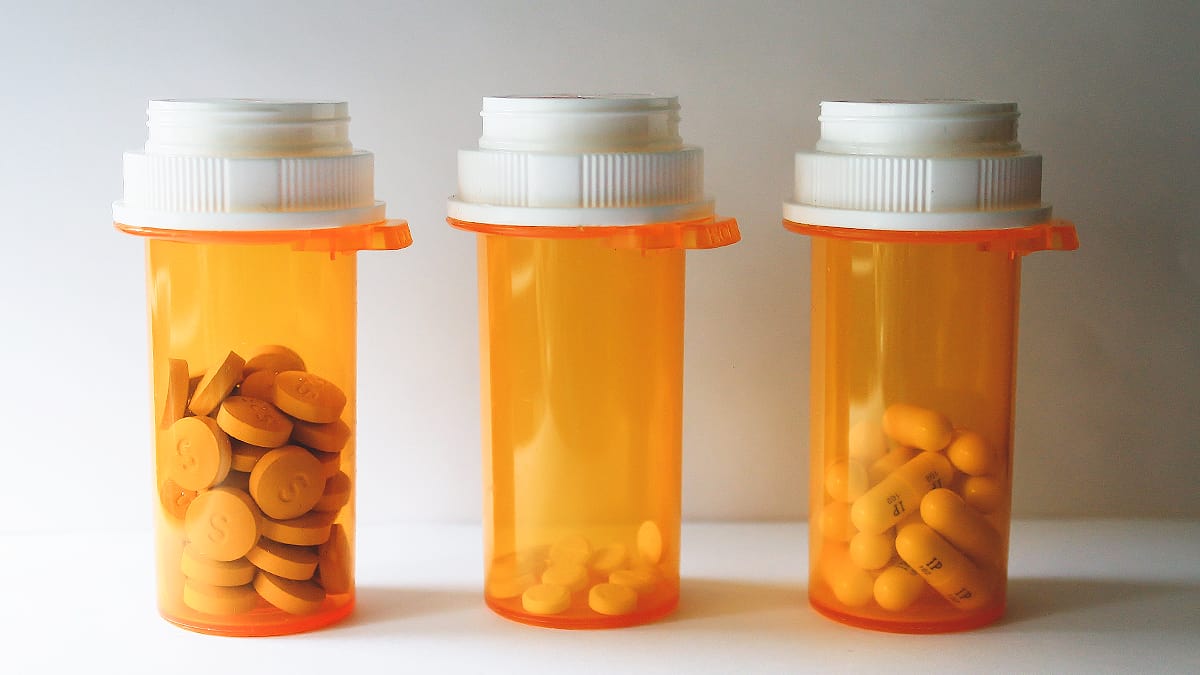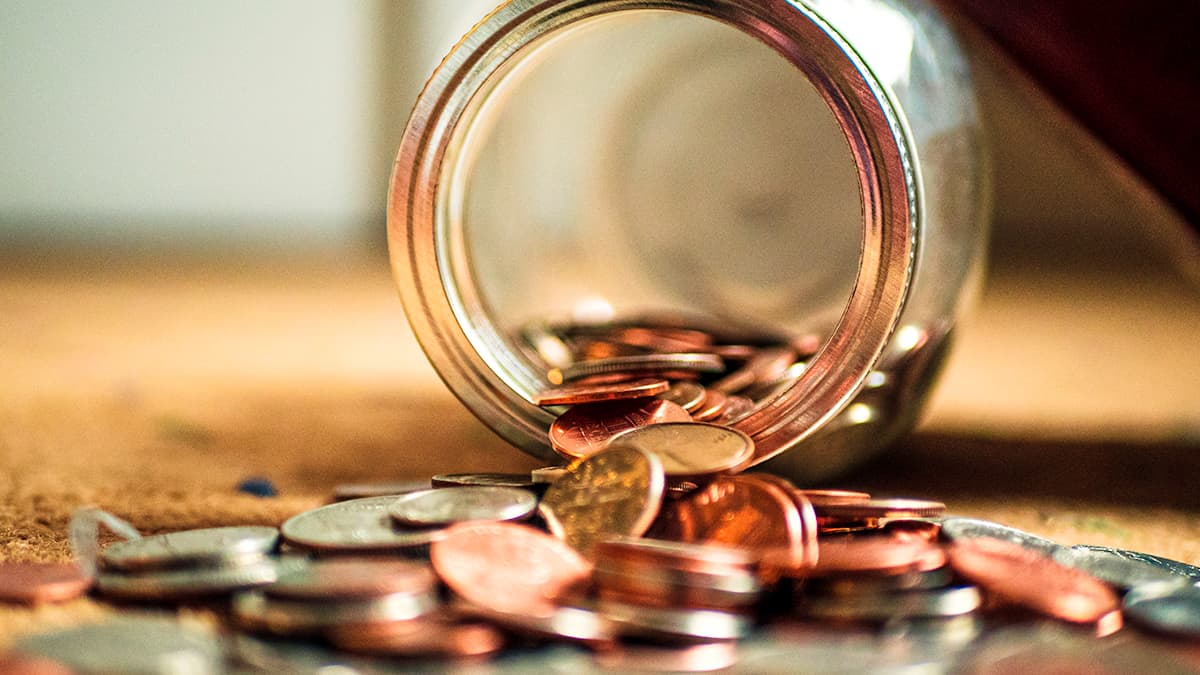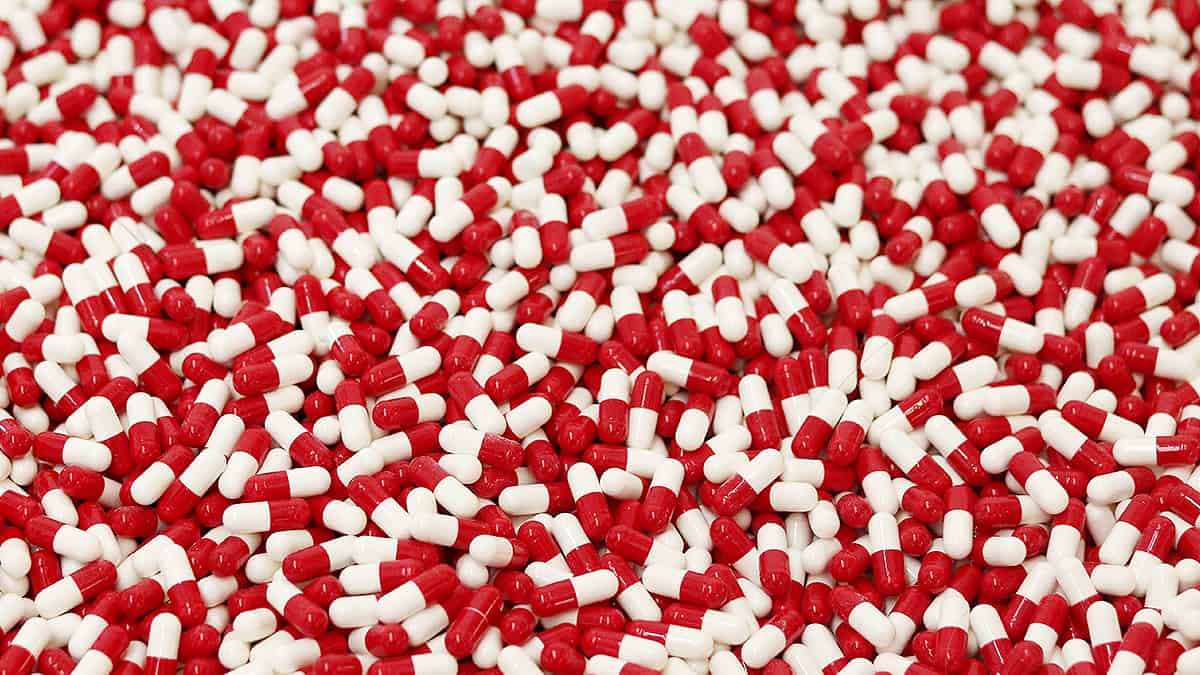Will Prescription Drug Prices Decrease in 2021?
high drug prices

Prescription drug prices in the United States have been increasing for many years now. As Americans head into another election cycle in which healthcare is a hot topic of discussion, many are wondering if there is any relief in sight for the extraordinary amount of money they pay for medication.
Let's take a look at prescription drug price trends over the past few years, the actions the current government administration has taken to curb costs, and what a new administration might want to do, if elected.
Prescription Drug Price Trends
While it's also true that the amount of money people in the U.S. are spending on prescriptions and healthcare have been increasing for decades, there are many factors involved in that statistic. For example, improvements in medical care and diagnosis, an aging population (Baby Boomers are 56 at their youngest, 74 at their oldest), and yes, an increase in individual prescription costs.
According to a report issued by the U.S. Homeland Security and Governmental Reforms Committee, the 20 most commonly prescribed brand name medications to those on Medicare (socialized healthcare for people ages 65 and over) and Medicaid (socialized healthcare for the poorest Americans and the disabled) have increased significantly.
These medications include many for chest pain, chronic obstructive pulmonary disease (COPD), asthma, and blood thinners.
Between 2012 and 2017, the 20 medications studied for the report increased by an average of 12% per year. The most significant increase in price was for a vasodilator used to treat angina called Nitrostat, which increased by an average of 42% each year during that time frame.
Granted, the original average price in 2012 was just under $16, but the final average price in 2017 was almost $92. That's 477% in five years, transitioning from being an affordable, life-saving medication, to a cost-prohibitive medication that someone may have to forego in order to pay the rest of their bills.
One of the most disturbing parts of this trend is that the population studied for this report are the most financially vulnerable.
These are people living on a fixed income, or people who would have difficulty earning additional money. They may be less likely to be able to pick up a job to make up the financial gap that may be created by increasing prices.
For example, retirees are living off of their employer-sponsored pensions (if they have them), private retirement savings, and social security. Getting a part-time job to help pay the bills won't be possible for everyone, especially if their medical conditions prevent them from doing so.
People on Medicaid are often in more unpredictable employment situations, such as freelancers, contractors, and even hourly workers in larger organizations. If businesses fall on hard times, hourly workers are some of the first positions to be cut, which would put them in a precarious position — especially when it comes to paying for medication that they may believe they can go without.
Of course, increasing drug prices affect more people than the underserved, disabled, and the elderly.
In the year 2020, the number of Americans with a chronic condition is expected to top 157 million people. These are people who may need daily medication to manage their conditions, which doesn't include acute medications they need to treat illness.
A few years ago, Mylan came under fire for increasing the price on their popular EpiPen Auto-Injector in a move that was shocking for many reasons — only one of which was that a generic was due, which typically lowers drug prices. Instead, both generics were rejected by the Food and Drug Administration (FDA) and Mylan artificially raised the price of their life-saving medication.
In 2007, when Mylan acquired the EpiPen, the price for a two-pack was about $100. By 2016, the same two-pack retailed for just over $600, with the majority of that increase occurring between 2013 and 2016.
Given this sometimes dramatic upward trajectory, having hope for a sudden turnaround seems a bit misguided at times. This has been a topic of discussion within the Trump administration, and is something that Biden has discussed while on the campaign trail. The question is: will either be able to actually do anything about it?

What the Trump Administration Has Done to Combat High Drug Prices
The Trump administration is well aware of the fact that prescription drug prices have been on the rise. Given that people (mostly white) ages 50 and older largely supported the Trump/Pence ticket in 2016 and that these people are more likely to develop chronic conditions with age, this issue should be a significant concern for the administration. High drug prices could significantly impact a major portion of their supporters.
Price Trends in the Past Four Years
Based on data from a report conducted by the California's Office of Statewide Health Planning and Development (OSHPD), the wholesale price of prescription drugs increased by a median of 22.5% between January 2018 and June 2020. That tracks with previous data from the OSHPD that stated the median price of prescription drugs increased 25.8% between 2017 and the first quarter of 2019.
It may be a gut reaction to think that these increases are due to brand name drugs, but that isn't always the case. In fact, the data showed significant price increases for generic drugs as well as brand name drugs. Of note, one generic form of the popular antidepressant Prozac increased from $9 to $69 in the first quarter of 2019 alone.
Some claim that prices are stabilizing, and in some cases, actually going down. This could mean a difference between methods of measurement and the types of drugs included, but admittedly, it's confusing to see some reports claiming increases while others claim decreases.
Market Watch reported in March of 2019 that prescription drug prices were falling for the first time in 47 years. Of course, that was a whopping 1% decrease during the month of February 2019, and that the price over the year prior had decreased 1.2% — something that hadn't happened since 1972.
This seems like it should be exciting news — if prescription drug prices are falling, how could that be bad? It's not bad. It's a good thing, of course. The issue is that this decrease is a drop in the pan when you consider that prices steadily increased for the 46 years prior — increases that were absolutely more than 1% of the original price. Furthermore, economists told Market Watch that they didn't see this downward trend continuing.
The cost of prescriptions is such a problem that doctors have even admitted to taking price into account when choosing what medications to prescribe to patients. Many of the doctors interviewed for the survey in question said that they believed the cost of medication was a major factor in unfilled prescriptions.
Executive Action Taken
Some believe that the heavy criticism from consumer advocates and American citizens themselves have been significant factors in the slowed increases in price in the past couple of years. There's likely some truth in that, and the outrage being expressed by constituents is likely the reason that the Trump administration has taken more notice as of late.
In July 2020, Trump signed four executive orders instructing the Department of Health and Human Services (HHS) to take specific action with the intention of lowering prescription drug prices. These executive orders require:
- Kickbacks previously given to middle men (pharmacy benefit managers or pharmacies themselves) must be passed instead to senior citizens.
- "Federally qualified health centers" to pass any savings they incur from insulin and epinephrine purchases to underserved customers.
- States to develop importation plans for certain prescription drugs.
- Re-importation of insulin if the Secretary of HHS deems it necessary for emergency medical treatment.
- A framework to be created in which individuals who have approved waivers to import medication from pre-authorized U.S. pharmacies.
- That Medicare enrollees and senior citizens pay what others in "economically comparable" OECD countries (Organisation for Economic Co-operation and Development) pay for their medications.
The Trump administration claims that these actions will save American citizens millions of dollars per year. Because these orders are so new, it's impossible to report on their efficacy as of yet. It will take some time before we can analyze their effect on the overall cost people are paying for medication in America. It seems as though the most likely group to benefit from these orders are senior citizens and the severely underserved. Again, time will tell.
Regardless of critics' views or the time required in order to determine how these actions may affect prices, Trump has repeatedly claimed that he is bringing drug prices down. While Trump himself said that drug prices would come down 60 to 70%, experts say that is very unlikely and that the details of how these goals would be accomplished are very "murky."
Outside of the White House, some members of Congress are also expressing concerns about the cost of prescription drugs, and are writing legislation to address it. House Resolution 3 (HR3), also known as the Elijah E. Cummings Lower Drug Costs Now Act (named after the late Congressman) was introduced in September 2019 by New Jersey Representative Frank Pallone, Jr.
Some experts believe that HR3 would be more effective in reducing prescription costs for senior citizens because it reforms Medicare Part D (the non-compulsory prescription portion of Medicare) in such a way that it prevents pharmaceutical companies from increasing drug prices at a rate higher than inflation. At this time, the possible effects of HR3 remain unknown because it has never made it to the floor for a full House vote, nor has it reached the Senate.

Possible Changes Based on Electoral Results
It should come as no surprise that healthcare is one of the cornerstones of the Biden/Harris campaign platform. Joe Biden was the Vice President under Barack Obama, who helped pen the Affordable Care Act (ACA), otherwise known as Obamacare. Some argue that it should only make sense that Biden would want to continue that work. For her part, running mate Kamala Harris has backed a Medicare-For-All plan in the past.
If elected, the Biden/Harris campaign has listed a rather bold plan for lowering drug prices — that is, it's bold for America. While it may seem like sheer common sense to Canadians (and citizens of the U.K., France, Germany, and most other first world nations), their intention is to change regulations surrounding Medicare's ability to negotiate for a lower price with drug manufacturers.
Finding Affordable Medication Through International Pharmacies
Given the upward trajectory thus far and the government's general unwillingness to pass meaningful legislation to address it, it's unlikely that prices will begin to drop with any kind of significance in the year 2021 — even if Biden wins the election. What we might see are decisive actions being taken to curb the costs, which will hopefully lower the financial burden over time.
In the meantime, Americans can look to international pharmacies such as NorthWestPharmacy.com for their more affordable prescriptions. We carry all of the most popular medications prescribed for common chronic conditions, such as Advair, Symbicort, Flovent, Cialis, Viagra, and Vagifem, but at a lower price point. In many cases, the cost savings is quite significant.
If you're ready to place an order or still have questions, feel free to contact us via our toll-free phone number: 1-866-539-5330. You can also email us at CustomerService@NorthWestPharmacy.com.